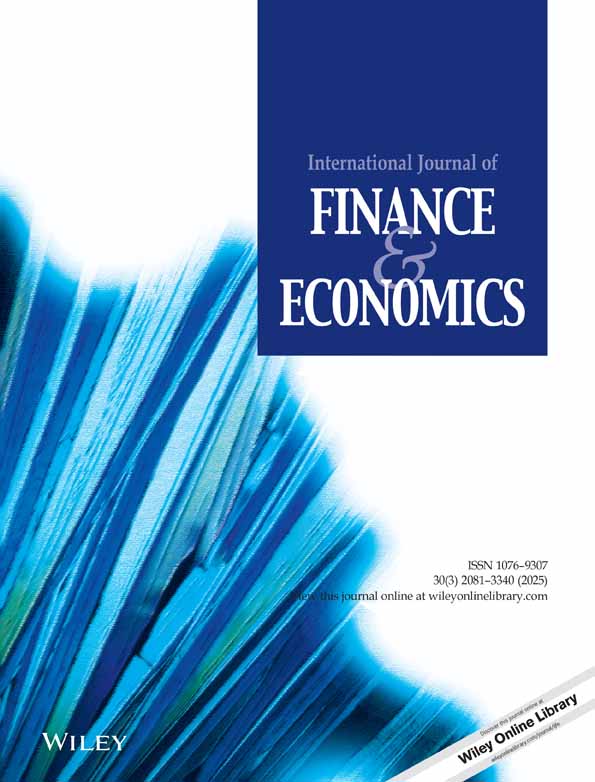Forecasting reserve risk for temporal dependent losses in insurance
Abstract
In non-life insurance, insurance companies aim to accurately assess their reserves in order to fulfil their future obligations. They are based on methods provided by the literature review to evaluate their reserve risk. However, these methods do not take all claim characteristics and ignore the temporal dependence structure of claims, which can affect reserve amounts and lead to delayed payments for policyholders. Therefore, the aim is to investigate the temporal dependence structure among claim amounts (losses) in order to evaluate the accurate amounts of reserves. To achieve this goal, a model called the Generalized Autoregressive Conditional Sinistrality Model is proposed, which considers the temporal dependence characteristics of claims. This model is used to estimate model parameters, so the consistency of such an estimate is proven. Additionally, a bootstrap method adjusted to the Generalized Autoregressive Conditional Sinistrality model is proposed for predicting reserves and errors. The results reveal that considering temporal dependence between losses improves reserve distribution estimation and enhances solvency capital requirement. This means that insurance companies will be able to ensure they have sufficient funds available to meet their obligations to policyholders, thereby enhancing customer satisfaction and trust. Additionally, this can assist insurance companies in maintaining better regulatory compliance.
Open Research
DATA AVAILABILITY STATEMENT
The data that support the findings of this study are available on request from the corresponding author. The data are not publicly available due to privacy or ethical restrictions.




